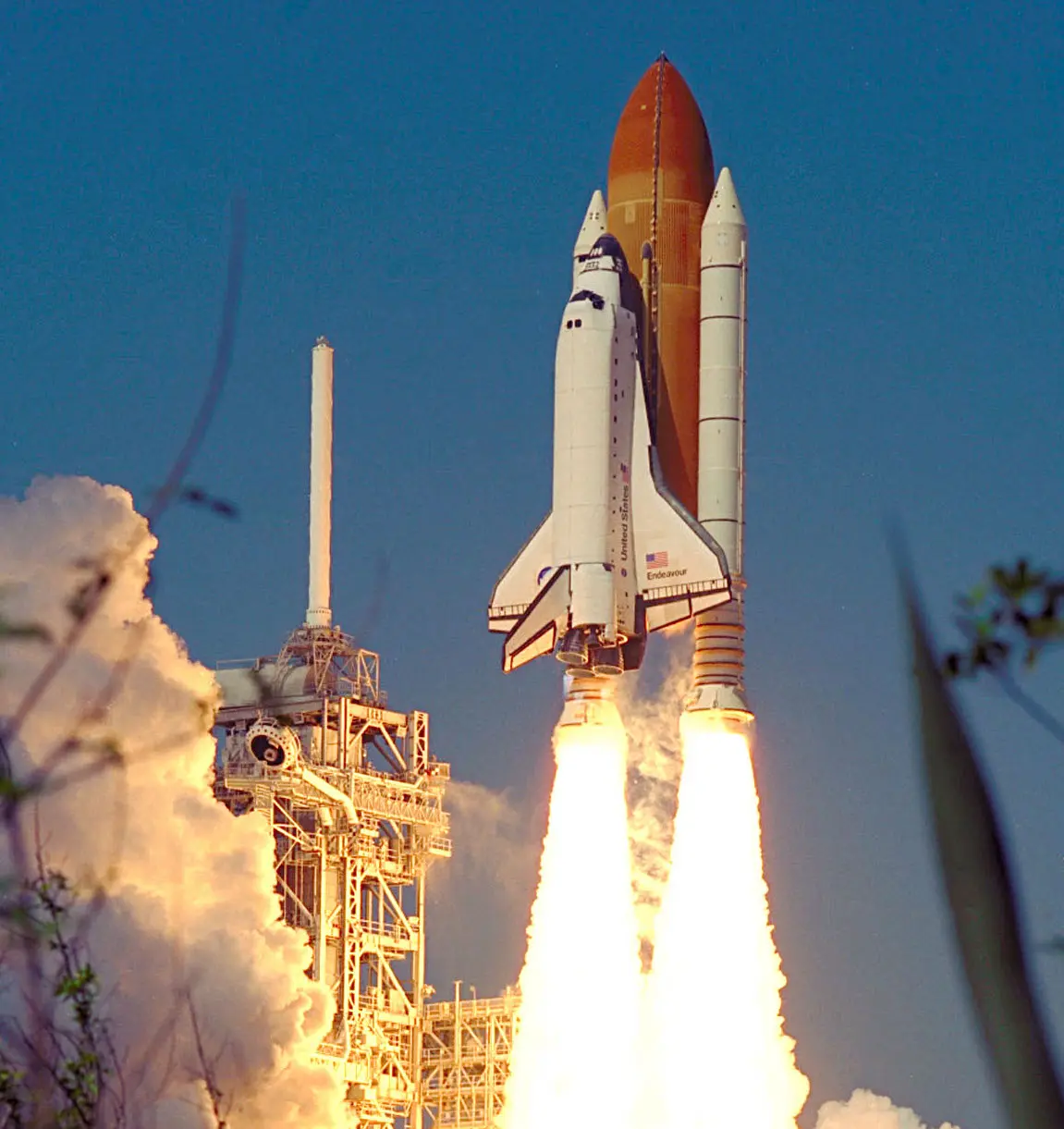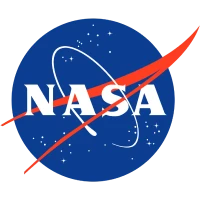/
STS-72
Launch Success
Liftoff Time (GMT)
09:41:00
Thursday January 11, 1996
Watch Replay
Official Livestream
Mission Details
STS-72
The nighttime launch window was in support of the mission's primary objective, the capture and return to Earth of a Japanese microgravity research spacecraft known as Space Flyer Unit (SFU). The 3,577 kilograms (7,886 lb) SFU was launched by Japan's National Space Development Agency (NASDA) from Tanegashima Space Center in Japan on 18 March 1995 aboard a Japanese H-II rocket (HII-3), and spent ten months in orbit conducting automated research in materials science, biology, engineering, and astronomy. Mission Specialist Koichi Wakata operated the orbiter's remote manipulator system arm on flight day three to pluck SFU from orbit. Both of the satellites's solar arrays had to be jettisoned prior to retrieval when sensors indicated improper latching following their retraction. This jettison procedure had been incorporated in preflight training as a contingency in the event of such an occurrence. The canisters housing the arrays were jettisoned 12 minutes apart as Endeavour and the SFU traveled across Africa on the thirtieth orbit of the mission. The contingency procedure delayed the capture of the satellite by about an hour and half. Once in Endeavour's payload bay, the satellite's internal batteries were bypassed following connection of a remotely operated electrical cable to the side of the satellite.
Low Earth Orbit
6,510 kilograms
Rocket


Agency
NASAPrice
$450.00 million
Rocket
Height: 56.1m
Payload to Orbit
LEO: 27,500 kg
GTO: 3,810 kg
Liftoff Thrust
30,250 Kilonewtons
Stages
2
Strap-ons
2
Launch Site
Stats
Space Shuttle
74th
Mission
1st
Mission of 1996
1996
1st
Orbital launch attempt
